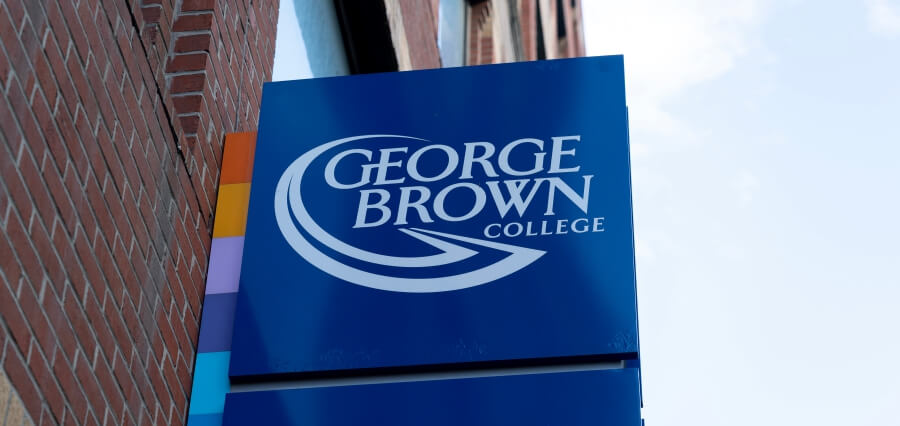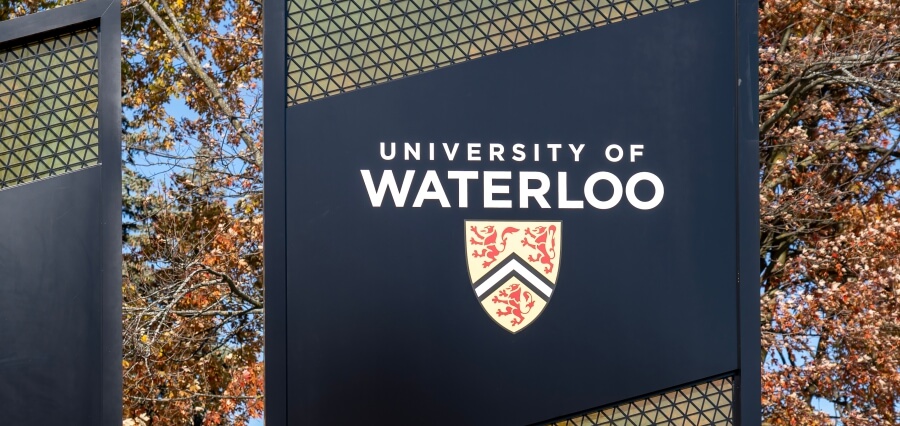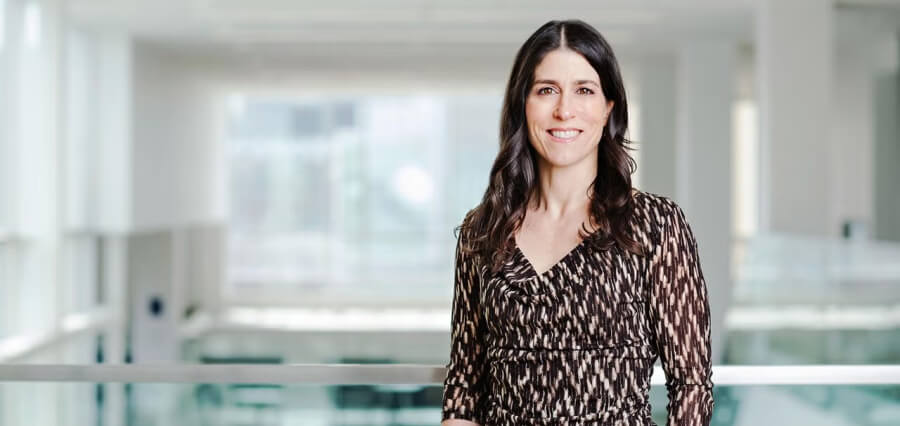Prime Highlights:
Jalal Ahamed, a University of Windsor engineering professor, leads a $1 million project aimed at advancing timing chips.
Aimed at improving microchips’ precision, the project will benefit a wide range of electronic devices.
Key Background:
A researcher from the University of Windsor is spearheading a $1 million initiative aimed at transforming the production of timing chips used in electronic devices, potentially positioning Canada as a global leader in this vital technology. Professor Jalal Ahamed, an engineering expert, is collaborating with Stathera Inc., a Montreal-based company specializing in micro-electro-mechanical systems (MEMS), to develop an ultra-precise resonating oscillator. This oscillator is crucial for providing the stable reference frequency required by all communication and computational technologies.
The new chip, designed for mass production, will be embedded in microchips and used in a variety of applications including cars, smartphones, computers, and other smart devices. The project aims to elevate Canada’s competitive edge by developing the technology domestically, which would also foster new economic opportunities within the country.
Ahamed’s research has been awarded $750,000 in funding from the Natural Sciences and Engineering Research Council of Canada (NSERC) and Mitacs, a non-profit organization dedicated to research and training. In addition, Stathera Inc. will contribute $250,000 in in-kind support to the project.
At the core of Ahamed’s research is the development of a reliable timing mechanism, which is essential to ensure the synchronization of digital circuits, data transfer, radio frequencies, and signal processing in modern devices. Traditionally, timing chips rely on quartz, which is expensive and difficult to machine. Ahamed proposes replacing quartz with silicon, a more affordable alternative, while also utilizing quantum-enhanced optomechanical sensing to ensure noise-free, stable detection of the oscillators’ precise frequencies. The five-year project will provide valuable research training and employ a post-doctoral fellow and two PhD students, helping to shape the next generation of semiconductor researchers. This collaboration marks a significant step towards advancing state-of-the-art timing devices






